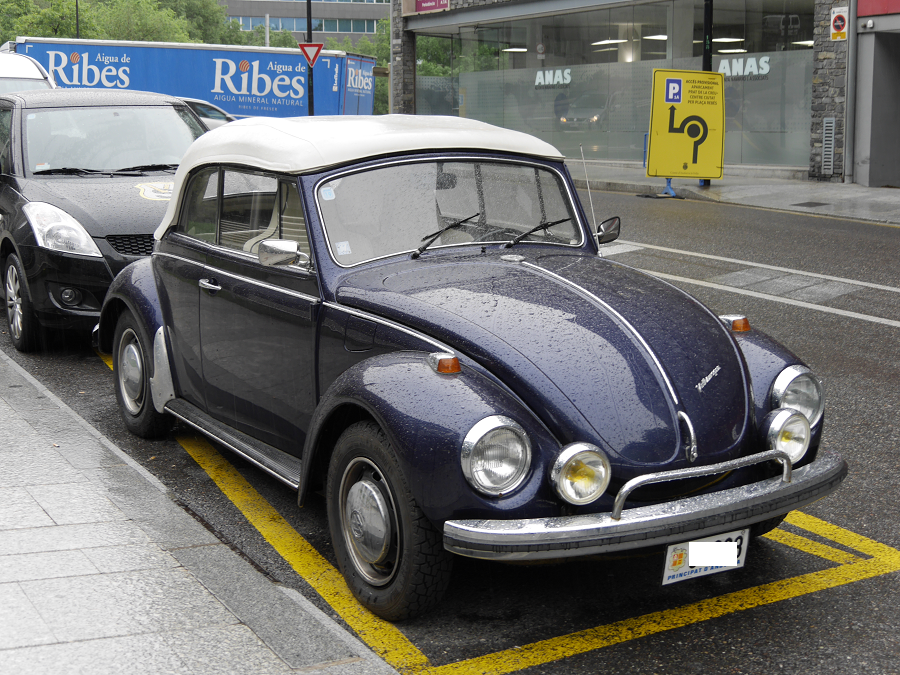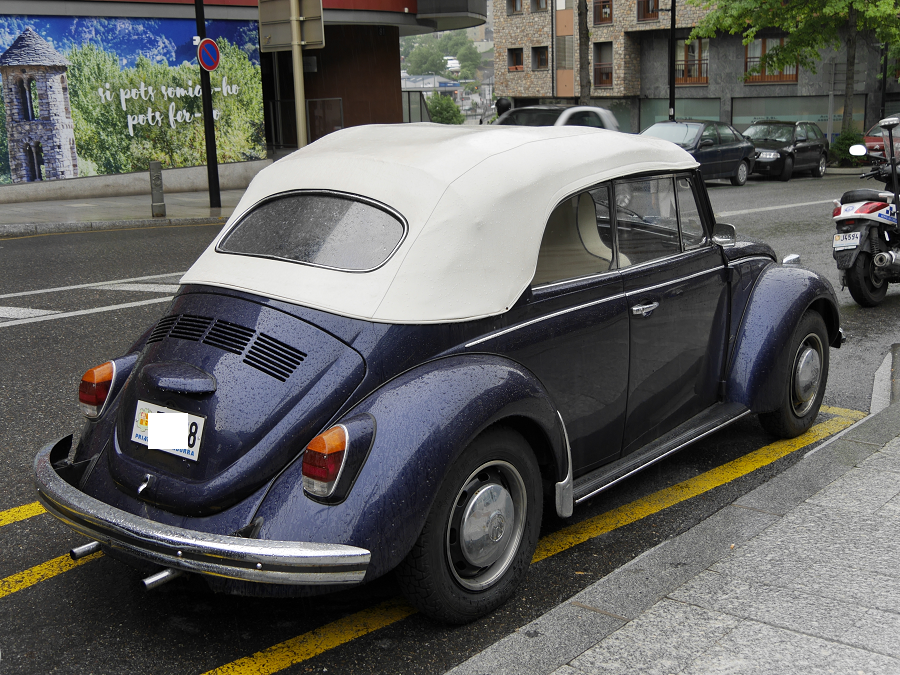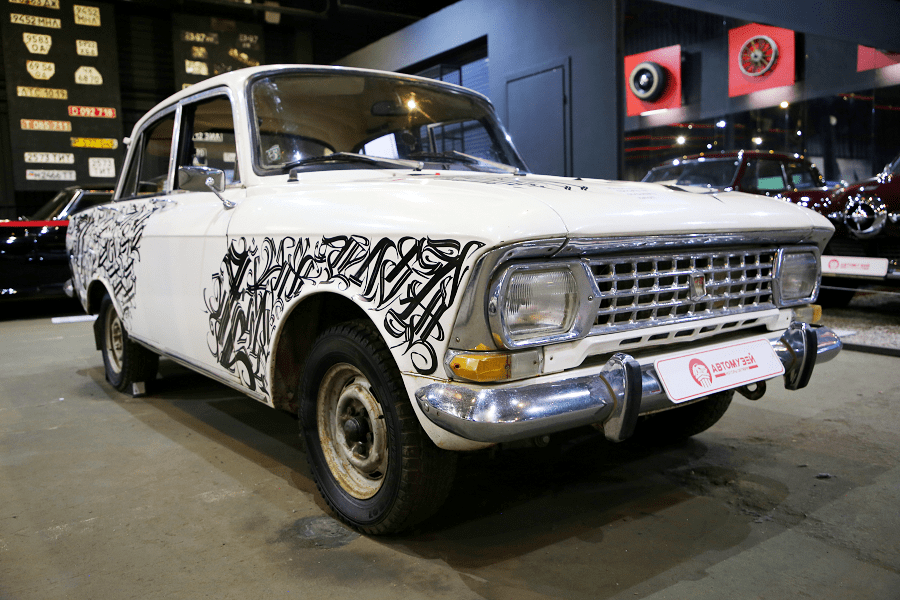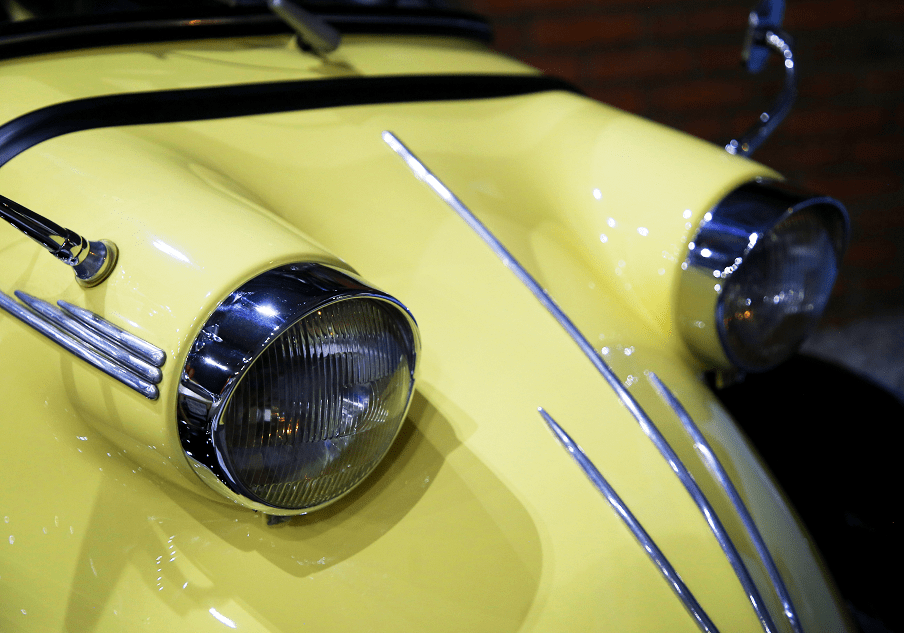Volkswagen Beetle: blue cabriolet
The car became widely known in its home country as the Käfer (German for “beetle”, cognate with English chafer) and was later marketed under that name in Germany, and as the Volkswagen in other countries. For example, in France it was known as the Coccinelle (French for ladybug).
The original 25 hp (18.6 kW) Beetle was designed for a top speed around 100 km/h (62 mph), which would be a viable cruising speed on the Reichsautobahn system. As Autobahn speeds increased in the postwar years, its output was boosted to 36, then 40 hp (26.8, then 29.8 kW), the configuration that lasted through 1966 and became the “classic” Volkswagen motor.
The Beetle gave rise to multiple variants: mainly the 1950 Type 2 ‘Bus’, the 1955 Karmann Ghia, as well as the 1961 Type 3 ‘Ponton’ and the 1968 Type 4 (411/412) family cars, ultimately forming the basis of an entirely rear-engined VW product range.
The Beetle marked a significant trend, led by Volkswagen, and then by Fiat and Renault, whereby the rear-engine, rear-wheel-drive layout increased from 2.6 percent of continental Western Europe’s car production in 1946 to 26.6 percent in 1956.
In 1959 even General Motors launched an air-cooled, rear-engined car, the Chevrolet Corvair—which also shared the Beetle’s flat engine and swing axle architecture.












